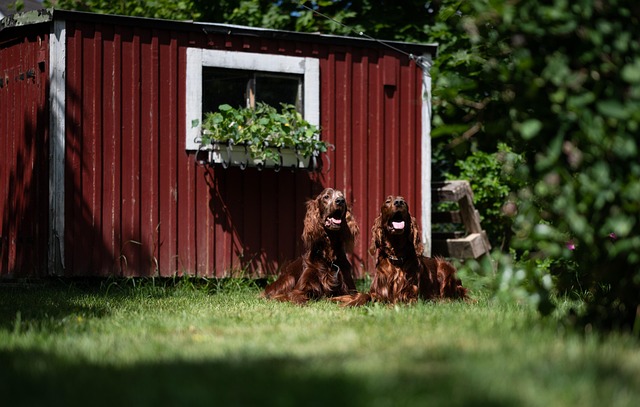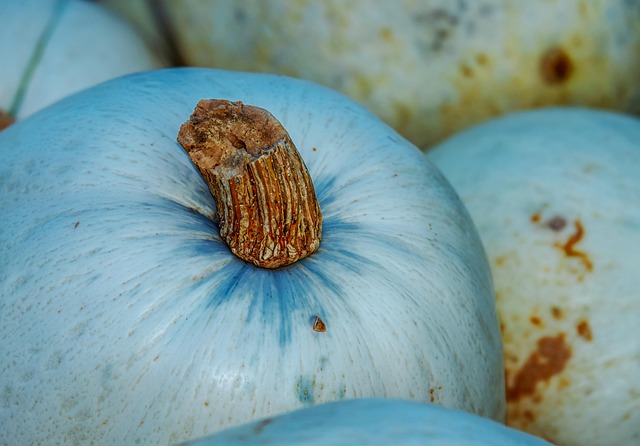Leaf collection, mulching, and recycling are essential practices for Yard Waste Removal and Recycling that promote yard health and environmental sustainability. By transforming leaves into mulch through composting or chipping, homeowners enhance curb appeal while providing natural insulation, moisture preservation, weed suppression, and nutrients for plant growth. Efficient management includes gathering leaves with a blower or rake, sorting, storing, and then shredding/composting them for use as mulch. This eco-friendly approach reduces waste removal, conserves water, controls weeds, minimizes fertilizer needs, and cuts carbon footprints by diverting organic material from landfills, supporting local ecosystems.
“Enhance your yard’s health and beauty with leaf collection and mulching—a powerful, eco-friendly practice. This comprehensive guide explores the benefits of this process for your lawn and garden, from improving soil structure to reducing water usage. We’ll delve into the step-by-step process, ensuring efficient removal and strategic mulch application.
Moreover, understand the environmental impact of recycling yard waste through mulching, contributing to a sustainable solution for managing leaf collection while promoting a lush, vibrant outdoor space.”
- Understanding Leaf Collection and Mulching: Benefits for Your Yard
- The Process of Efficient Leaf Removal and Mulch Application
- Environmental Impact: Recycling Yard Waste Through Leaf Mulching
Understanding Leaf Collection and Mulching: Benefits for Your Yard

Leaf collection and mulching are essential practices for maintaining a healthy yard. By understanding the benefits, property owners can transform yard waste into valuable resources. This eco-friendly approach not only enhances the curb appeal of your property but also contributes to a greener environment. With proper management, fallen leaves can be recycled, reducing the need for chemical fertilizers and minimizing soil erosion.
The process involves gathering leaves and transforming them into mulch through composting or chipping. Mulch acts as a natural insulator, preserving soil moisture and temperature throughout the seasons. It also suppresses weeds, improves soil structure, and provides essential nutrients as it decomposes, creating a fertile environment for plants to thrive. Effective yard waste removal and recycling practices ensure that leaves don’t just pile up but are utilized to strengthen the overall health of your garden.
The Process of Efficient Leaf Removal and Mulch Application

The process of efficient leaf removal and mulch application involves a few key steps. First, it’s crucial to gather leaves from your yard using a leaf blower or rake. This step is essential for minimizing physical effort and maximizing efficiency. Once collected, properly sorting and storing the leaves is vital to prepare them for mulching.
After gathering, leaves can be shredded or composted to create nutrient-rich mulch. This not only reduces yard waste removal but also recycles natural materials back into your garden. The resulting mulch can be evenly distributed across flower beds, trees, and shrubs, providing essential moisture retention, weed suppression, and organic nutrients.
Environmental Impact: Recycling Yard Waste Through Leaf Mulching

Leaf mulching is an eco-friendly practice that significantly reduces the environmental impact of yard waste removal and recycling. By leaving leaves undisturbed on the lawn or garden, they break down naturally over time, enriching the soil with essential nutrients. This process not only minimizes the need for synthetic fertilizers but also promotes healthier plant growth by improving soil structure and moisture retention.
Moreover, leaf mulching helps to divert organic material from landfills, where it contributes to greenhouse gas emissions. When yard waste decomposes in a landfill, it releases methane, a potent heat-trapping gas. By recycling leaves as mulch, homeowners can play a crucial role in reducing their carbon footprint and promoting a more sustainable local ecosystem.
Leaf collection and mulching aren’t just about tidying up your yard; they’re essential practices for sustainable yard waste removal and recycling. By understanding the benefits and efficient processes involved, you can transform your yard into a healthier ecosystem while reducing environmental impact. Embrace these practices to contribute to a greener future, one leaf at a time.














